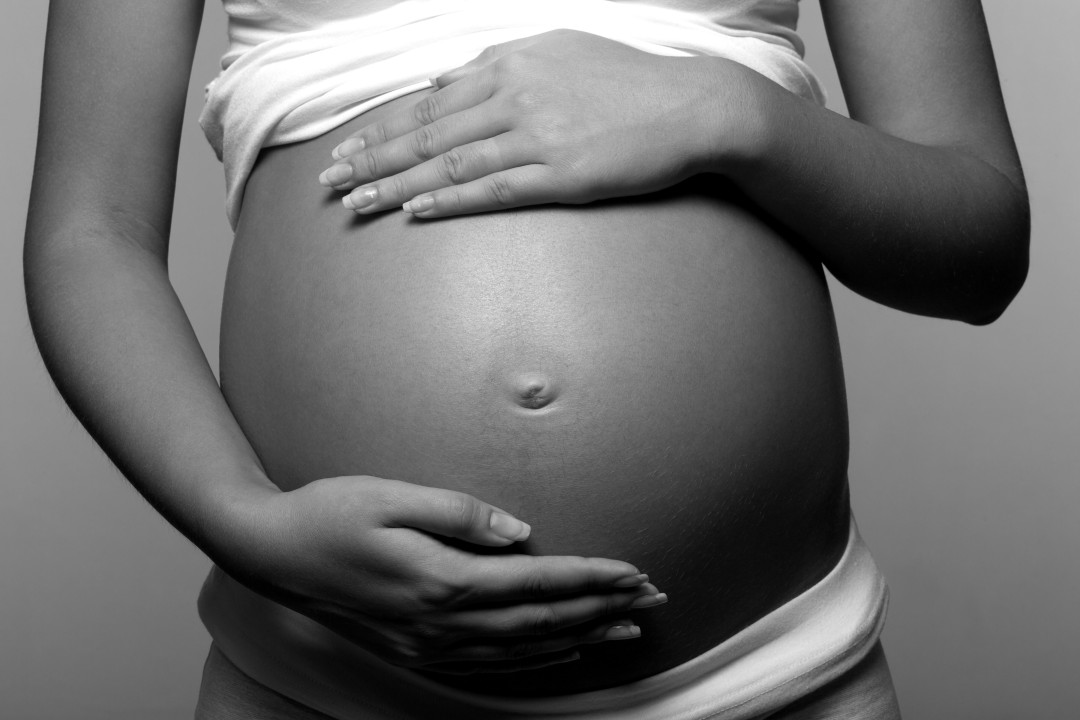
Increased elective induction of labor @ 39 weeks after publication of ARRIVE did not lower C-section, hypertensive disorder rates for 1st-time mothers
Despite increased use of 39-week elective induction of labor following publication of the 2018 “ARRIVE” study, cesarean births and/or hypertensive disorders of pregnancy were unchanged.
That is one of the key findings from a new study by the Foundation for Health Care Quality in Seattle and the University of British Columbia, published in the August edition of Obstetrics & Gynecology.
 The article is available here bit.ly/3JT2htK
The article is available here bit.ly/3JT2htK
The authors analyzed clinical data collected through the Obstetrical Care Outcomes Assessment Program (OB COAP) from over 28,000 first-time birthing people at 13 hospitals in Washington State between 2016 and 2020. OB COAP is one of several programs of the Foundation for Health Care Quality, a non-profit, neutral organization focused on health system-wide improvement and patient safety.
The landmark “ARRIVE” study found that elective induction at 39 weeks lowered risks of cesarean birth and/or hypertensive disorders of pregnancy without increasing risk to the baby in first pregnancies. This new analysis (Nethery et al. 2023) shows that following the publication of “ARRIVE” there was an overall 42% increase in elective induction of labor, however the associated improvements in outcomes reported in “ARRIVE” were not observed. In 2016, less than 3% of labors after 39 weeks were electively induced. This rose to over 16% by 2020.
Dr. Elizabeth Nethery, the study’s lead author, stated “We need real-world data to evaluate whether these big changes in obstetric practices, like increasing 39-week elective inductions, lead to better outcomes. Our study population is different than “ARRIVE” and reflects the Pacific Northwest region.” In an accompanying editorial, Dr. Mark Clapp noted that “… it is important to question how the findings from an RCT (randomized controlled trial) can be applied to and translate into every day clinical practice.”.

